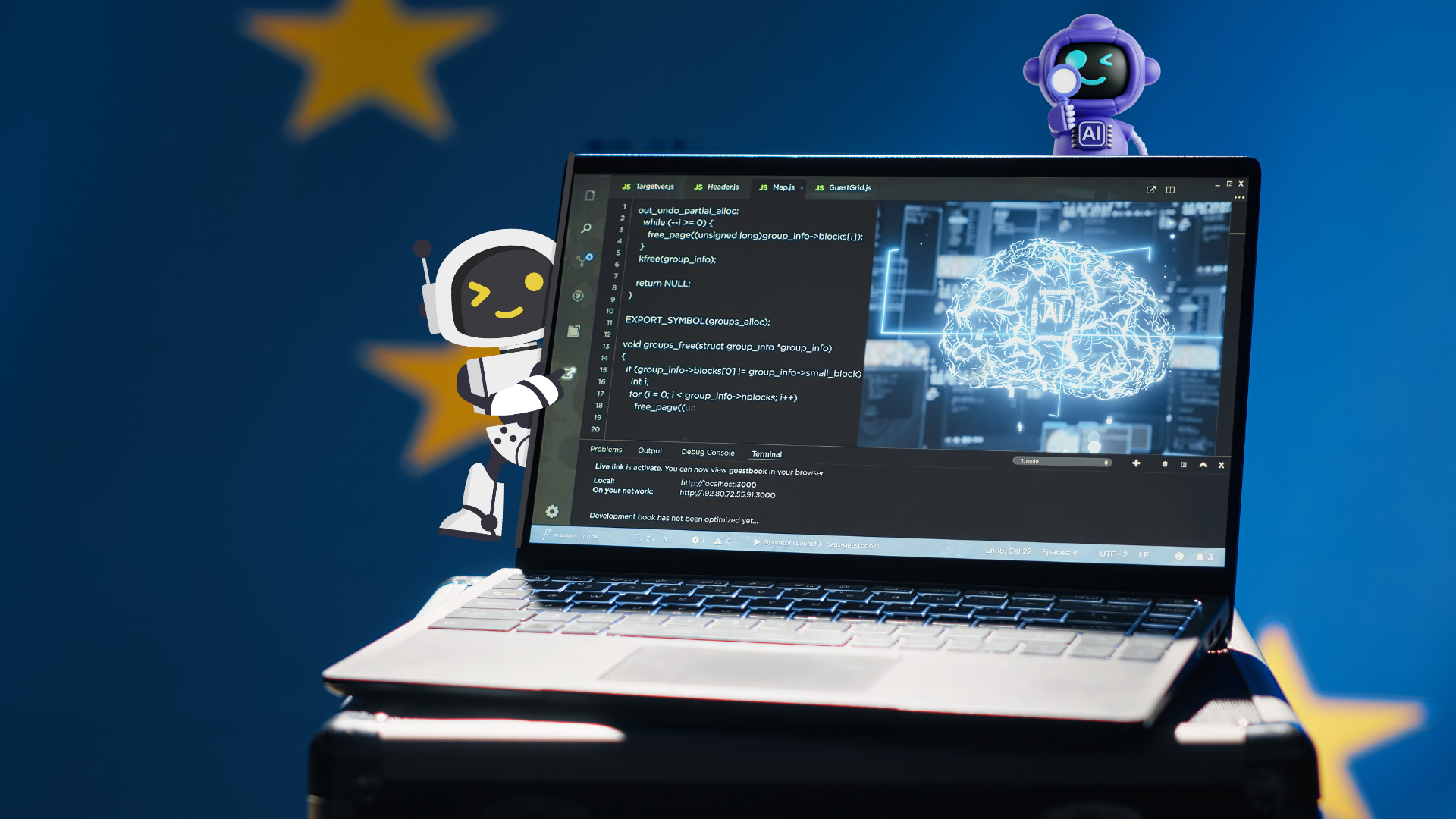
Identifying and analyzing cell structures in microscopy images is a fundamental step in understanding biological processes. This process, known as segmentation, allows scientists to examine cell responses to drug treatments, compare different genotypes, and advance medical diagnostics. However, previous AI-driven segmentation methods were limited to specific conditions and required costly adaptations for new environments.
An international research team led by Göttingen University has now developed a groundbreaking AI model, Segment Anything for Microscopy (SAM-Microscopy), by retraining the existing Segment Anything model on a massive dataset of over 17,000 microscopy images and 2 million manually annotated structures. Their innovation significantly enhances the accuracy and adaptability of microscopy segmentation, making it accessible to researchers worldwide. The findings were published in Nature Methods.
Advancing Microscopy with AI: The Development of SAM-Microscopy
To adapt Segment Anything for microscopy applications, the research team first evaluated its performance using open-source microscopy datasets. While the model showed promise, its accuracy required substantial improvements. By retraining it on a large microscopy-specific dataset, researchers successfully enhanced the segmentation of tissues, cells, nuclei, and organelles across diverse conditions.
As a result, the team developed μSAM, an intuitive software tool designed for scientists and medical professionals to segment microscopy images effortlessly. Unlike previous methods that required extensive manual annotations, μSAM enables rapid segmentation with just a few clicks, reducing analysis time from weeks to mere hours.
Transforming Biological and Medical Research
The μSAM software is already being used in various research projects, including:
- Hearing restoration studies – Analyzing nerve cells in the ear
- Cancer research – Segmenting artificial tumor cells to improve treatment studies
- Geological analysis – Investigating volcanic rock samples using electron microscopy
Automating Microscopy Analysis for Researchers
Junior Professor Constantin Pape, from Göttingen University’s Institute of Computer Science, emphasized the impact of SAM-Microscopy:
“Analyzing cells or other structures in microscopy has always been a challenging and time-consuming task. Before this development, researchers had to manually annotate large amounts of data, which could take weeks. With μSAM, this process is now automated, allowing segmentation of biological structures in just a few hours. This opens up new possibilities in fields ranging from basic cell biology to cancer treatment research.”
A New Era for AI-Powered Microscopy
By making SAM-Microscopy and μSAM publicly available, the research team is setting a new standard for biomedical image analysis. With the ability to rapidly and accurately segment biological structures across multiple disciplines, this AI breakthrough is poised to accelerate discoveries in biology, medicine, and beyond.






























































































































































































































































































































































































































































































































































































































































































































































































































































































































































































































































































































